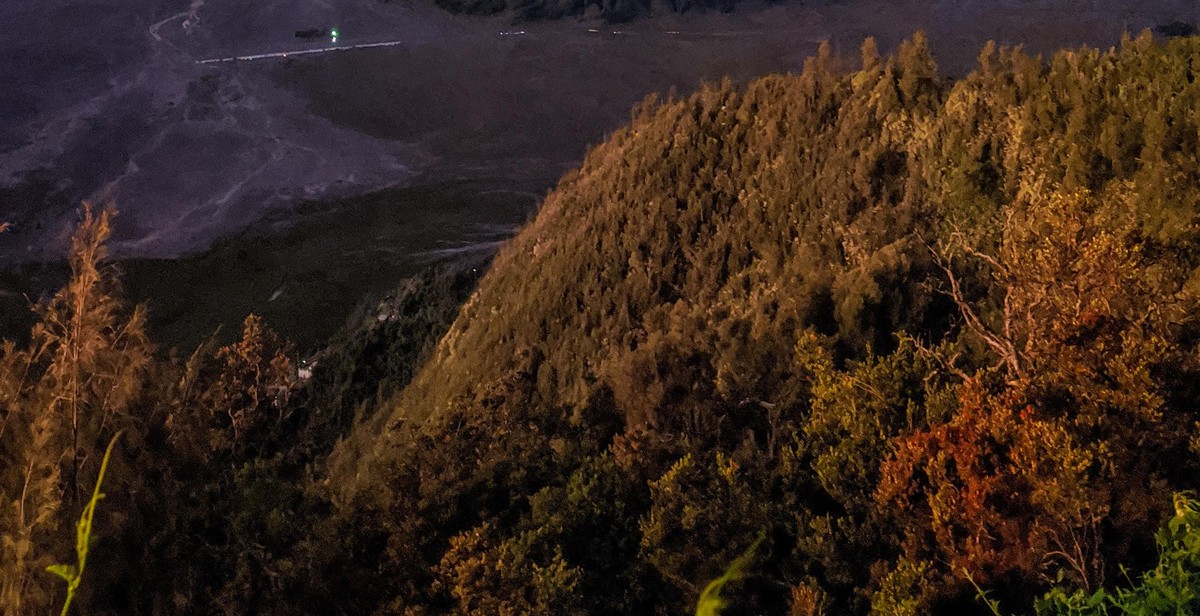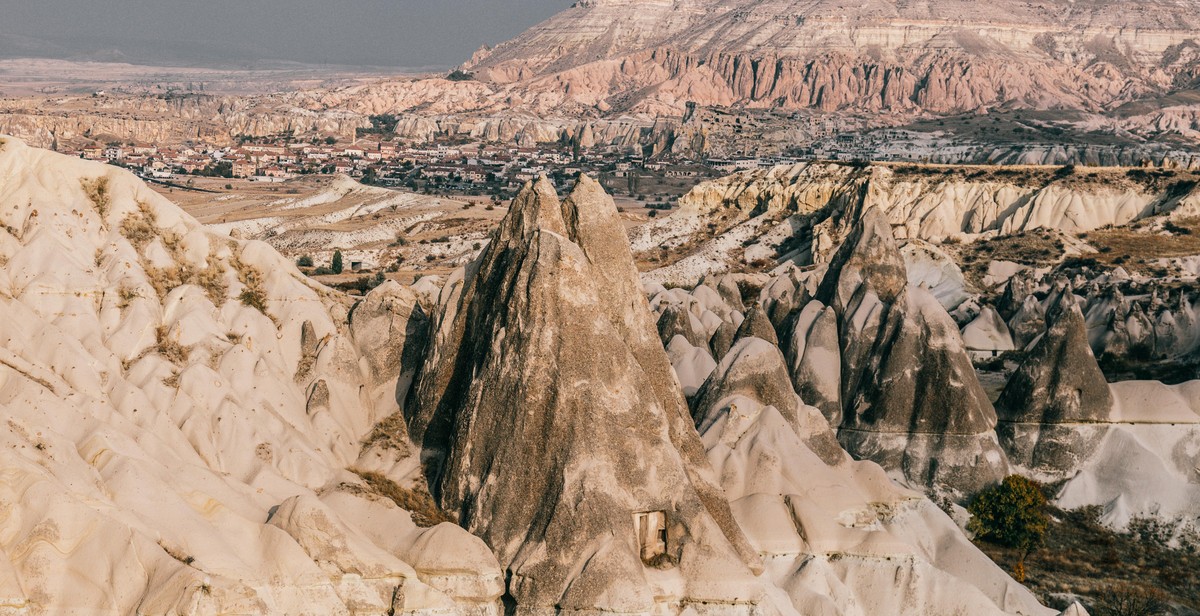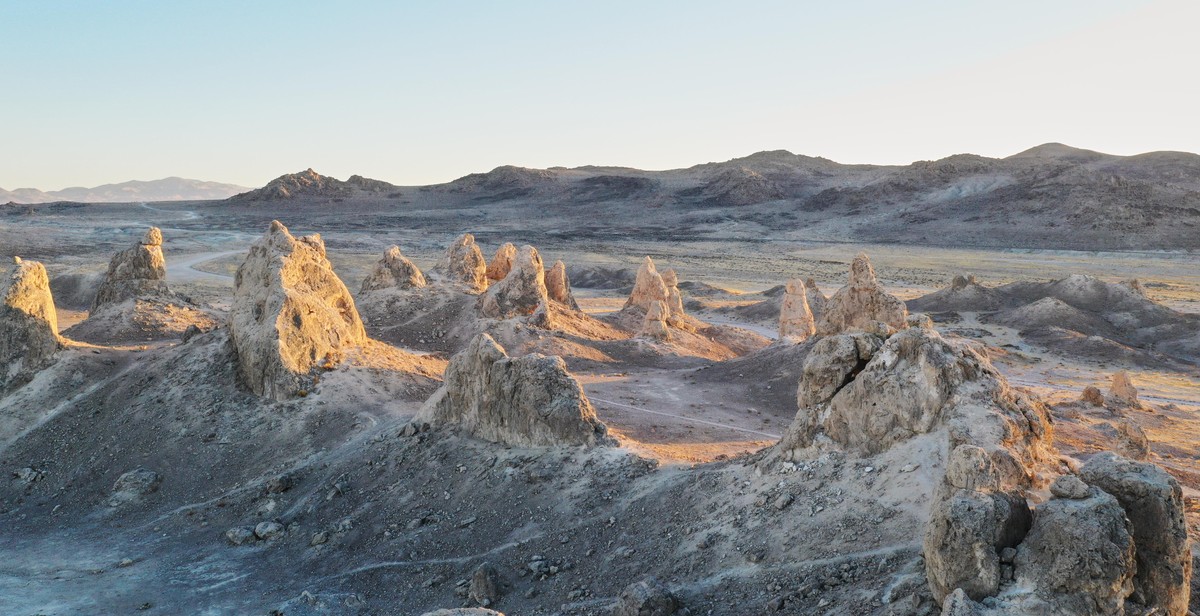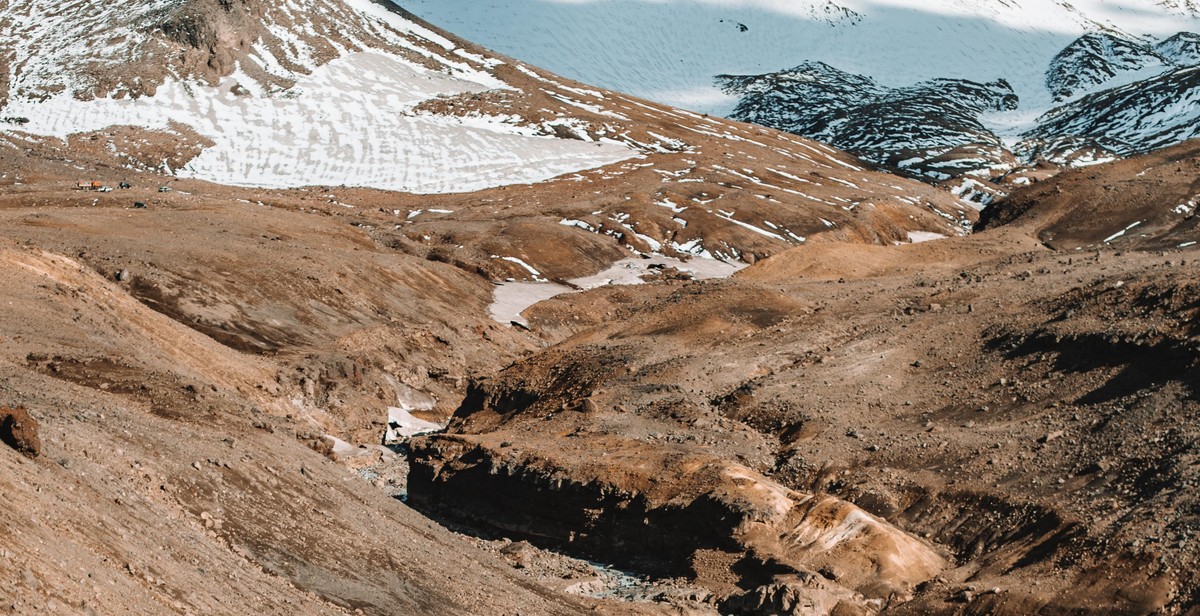How to Recognize Volcanic Rocks: Identifying and Classifying Different Types of Volcanic Rocks
Volcanic rocks are fascinating geological formations that provide important information about the history and formation of the Earth. These rocks are formed from molten lava or magma that cools and solidifies either on the surface or underground. Volcanic rocks can be found all over the world, and they come in a variety of colors, textures, and compositions.
Why Identify and Classify Volcanic Rocks?
Identifying and classifying volcanic rocks is important for several reasons. Firstly, it helps us understand the geological history of an area. By analyzing the composition of volcanic rocks, geologists can determine the type of volcanic eruption that occurred and how long ago it happened.
Secondly, volcanic rocks have a range of practical applications. For example, some types of volcanic rocks are used as building materials, while others are used in the production of ceramics and glass.
How to Identify and Classify Volcanic Rocks
There are several key features that can help you identify and classify volcanic rocks. These include the color, texture, mineral composition, and the presence of vesicles (small cavities or bubbles) within the rock.
In this article, we will explore the different types of volcanic rocks, their characteristics, and how to identify and classify them. By the end of this article, you will have a better understanding of volcanic rocks and the important role they play in the study of geology.

What are Volcanic Rocks?
Volcanic rocks are igneous rocks that form from the solidification of molten lava or magma expelled by a volcano. These rocks are formed when hot molten rock, ash, and gas escape from the Earth’s interior and cool rapidly upon exposure to the air or water.
Volcanic rocks can be classified into two main categories: extrusive and intrusive. Extrusive volcanic rocks are formed when lava flows onto the Earth’s surface and cools quickly, forming rocks such as basalt, andesite, and rhyolite. Intrusive volcanic rocks are formed when magma cools slowly beneath the Earth’s surface, forming rocks such as granite, diorite, and gabbro.
Physical Characteristics of Volcanic Rocks
Volcanic rocks are characterized by their texture, mineral composition, and color. The texture of volcanic rocks can range from glassy, smooth, and shiny to rough, porous, and vesicular. The mineral composition of volcanic rocks can vary depending on the type of volcano and the conditions under which the rock was formed. Common minerals found in volcanic rocks include feldspar, pyroxene, and olivine.
The color of volcanic rocks can vary depending on their mineral composition and the presence of impurities. Basalt, for example, is typically dark in color due to its high content of iron and magnesium, while rhyolite is typically lighter in color due to its high content of silica.
Uses of Volcanic Rocks
Volcanic rocks have a variety of uses in construction, industry, and as decorative stones. Basalt and andesite are commonly used as building materials due to their strength and durability. Pumice, a light-colored, porous volcanic rock, is used in horticulture as a soil amendment and in the manufacture of lightweight concrete and abrasive products. Obsidian, a glassy volcanic rock, has been used for thousands of years by humans for making tools and weapons.
| Common Volcanic Rocks | Type | Mineral Composition |
|---|---|---|
| Basalt | Extrusive | Plagioclase feldspar, pyroxene, olivine |
| Andesite | Extrusive | Plagioclase feldspar, pyroxene, hornblende |
| Rhyolite | Extrusive | Quartz, feldspar, biotite, amphibole |
| Granite | Intrusive | Quartz, feldspar, mica |
| Diorite | Intrusive | Plagioclase feldspar, hornblende, biotite |
| Gabbro | Intrusive | Plagioclase feldspar, pyroxene, olivine |
Overall, volcanic rocks are fascinating and useful natural resources that provide insight into the Earth’s history and geology.

Types of Volcanic Rocks
Volcanic rocks are classified based on their chemical and mineralogical composition, texture, and mode of occurrence. The most common types of volcanic rocks are basalt, andesite, rhyolite, and obsidian.
Basalt
Basalt is a fine-grained volcanic rock that is dark in color and contains high levels of iron and magnesium. It is the most common volcanic rock on Earth and is found in oceanic crust, as well as in volcanic fields and shield volcanoes. Basalt is often used as a building material due to its durability and strength.
Andesite
Andesite is a medium-grained volcanic rock that is light to dark gray in color and contains high levels of silica and aluminum. It is commonly found in volcanic arcs and stratovolcanoes, and is often associated with explosive eruptions. Andesite is commonly used in construction as a decorative stone.
Rhyolite
Rhyolite is a fine-grained volcanic rock that is light in color and contains high levels of silica and aluminum. It is commonly found in continental volcanic fields and calderas, and is often associated with explosive eruptions. Rhyolite is used in construction as a decorative stone and as a source of silica for the production of glass.
Obsidian
Obsidian is a volcanic glass that is formed when lava cools rapidly and does not have time to crystallize. It is typically black in color and has a smooth, glassy texture. Obsidian is commonly found in volcanic fields and is often used in jewelry and as a cutting tool due to its sharp edges.
| Volcanic Rock | Color | Composition | Texture | Occurrence |
|---|---|---|---|---|
| Basalt | Dark | High iron and magnesium | Fine-grained | Oceanic crust, volcanic fields, shield volcanoes |
| Andesite | Light to dark gray | High silica and aluminum | Medium-grained | Volcanic arcs, stratovolcanoes |
| Rhyolite | Light | High silica and aluminum | Fine-grained | Continental volcanic fields, calderas |
| Obsidian | Black | Volcanic glass | Smooth, glassy | Volcanic fields |

How to Identify Volcanic Rocks
Volcanic rocks are formed from the solidification of lava or volcanic ash. These rocks can be identified based on their texture, color, mineral composition, and density. Here’s how to recognize volcanic rocks:
Texture
The texture of volcanic rocks can vary depending on how they were formed. Some volcanic rocks have a smooth texture, while others are rough and jagged. Pumice, for example, has a very porous texture due to the presence of gas bubbles during the solidification process. Obsidian, on the other hand, has a smooth glass-like texture due to the rapid cooling of lava.
Color
The color of volcanic rocks can also vary. Basalt, for example, is typically dark in color, while rhyolite is lighter in color. The presence of certain minerals can also affect the color of volcanic rocks. For example, the presence of iron can give volcanic rocks a reddish-brown color.
Mineral Composition
The mineral composition of volcanic rocks can provide clues as to their origin. For example, basalt is composed mainly of plagioclase and pyroxene, while rhyolite is composed mainly of quartz and feldspar. By identifying the minerals present in a volcanic rock, you can determine its likely origin.
Density
The density of volcanic rocks can vary depending on their composition. Basalt, for example, is denser than pumice due to its lower porosity and higher mineral content. By comparing the density of a volcanic rock to known densities of other rocks, you can determine its likely composition.
Overall, identifying volcanic rocks requires a combination of careful observation and knowledge of their properties. By paying attention to the texture, color, mineral composition, and density of a volcanic rock, you can classify it and gain insight into its origin.

Conclusion
Identifying and classifying volcanic rocks is a fascinating and important task for geologists and rock enthusiasts alike. With the knowledge of the different types of volcanic rocks and their characteristics, one can learn more about the geological history of a region and even gain insight into volcanic activity.
When examining volcanic rocks, it is important to pay attention to their texture, mineral composition, and overall appearance. With practice, one can become skilled at identifying and classifying different types of volcanic rocks.
Some of the most common types of volcanic rocks include basalt, andesite, and rhyolite. Basalt is typically dark-colored and fine-grained, while andesite is intermediate in color and texture. Rhyolite, on the other hand, is typically light-colored and has a fine-grained texture.
Remember, identifying and classifying volcanic rocks takes time and practice. By utilizing the tools and techniques discussed in this article, you can become skilled at recognizing the different types of volcanic rocks.
Key Takeaways
- Volcanic rocks are formed from magma or lava that has cooled and solidified.
- There are three main types of volcanic rocks: basalt, andesite, and rhyolite.
- Texture, mineral composition, and overall appearance are important factors to consider when identifying and classifying volcanic rocks.
Resources
| Resource | Description |
|---|---|
| Volcano World | A comprehensive website with information on volcanoes and volcanic rocks. |
| Geology.com | A website with information on all aspects of geology, including volcanic rocks. |
| USGS Volcano Hazards Program | A government website with information on volcanic activity and hazards. |
